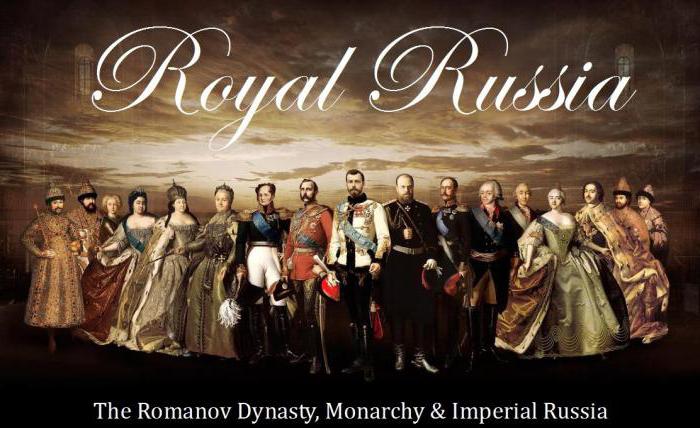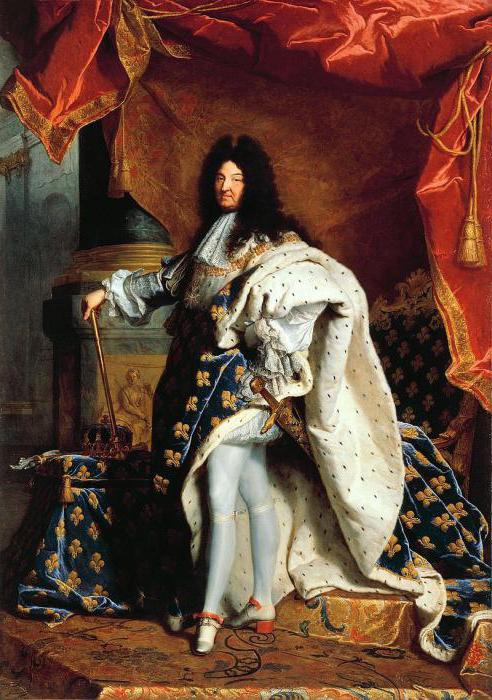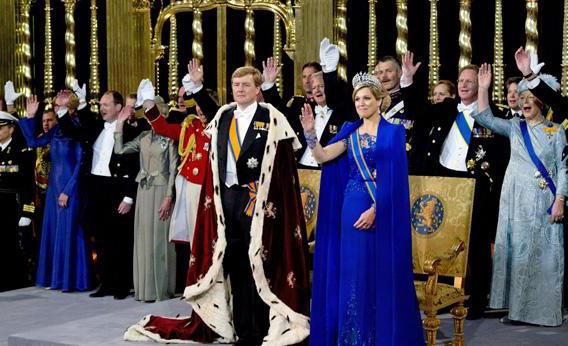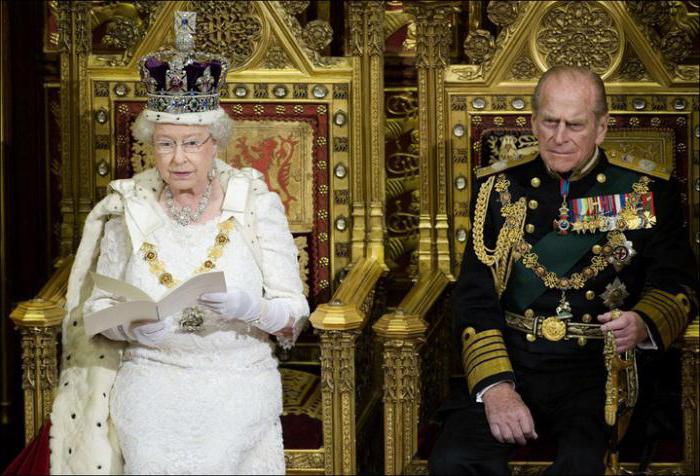The monarchical system of government has a long history. The first monarchies appeared around the 4th-3rd millennia BC. e. These included the civilizations of the Ancient East - the Sumerian kingdom, Egypt, etc. But today in the world there are more than a dozen monarchies, including the United Kingdom, Japan, Saudi Arabia, and others.

The concept and types of monarchies
The monarchy is a system of government in which all power is concentrated in the hands of one person - the monarch. Stories are known for different titles of sole rulers, these include the king, emperor, khan, emir, sultan and others.
There are two classifications of monarchies. The first divides the systems of government in terms of limitations: constitutional and absolute; the second - according to the traditional structure: ancient Eastern, feudal and theocratic. Each species has its own characteristics, but some of them are universal and are present in any case.

Common features for all types of monarchies
Four main common features can be distinguished:
1. The term of the board. The monarchy is a political system in which the head of state is a life-long ruler, and he leads the country until his death. Moreover, he can begin reign at a young age with the regency of another person. The transfer of power occurs only after the death of the overlord.
2. Legal immunity. Monarchs have complete immunity. The legislation in force in the country does not apply to them; they themselves are the law.
3. Transfer of power. As a rule, the throne is inherited. The process of its transfer in each monarchy has its own characteristics, but most often it happens along the paternal side. The closest relatives take precedence, however, if there are none, the next distant relative may become the next monarch.
4. Symbol. The monarch is the face of the state. In the modern world, such a title is rather a tribute to tradition and is not connected with the real legislative and executive branch. Such examples include the European monarchy: Great Britain and Denmark.

Types of monarchies by scope of restrictions
This classification divides all monarchies into two types:
1. Absolute monarchy. The ruler of the state has unlimited power. In his hands can be concentrated legislative, executive and judicial systems. In addition, religious activity can also be controlled by the monarch. Absolutism originated in medieval France and refers to the years of political activity of Louis XIV and Cardinal Richelieu. It was believed that the monarch was the anointed of God and His messenger on Earth. The deeply religious population of the developed Middle Ages believed in the supernatural healing power of the king.
2. A constitutional monarchy. This species is the most democratic and progressive. The parliamentary and dualistic models stand out here. In the first, the activities of the monarch are limited to parliament. In fact, the ruler himself has no right to do anything without his approval. The monarch is just symbol of state and a tribute to tradition. In the dualistic model, the decision-making of the ruler is limited to the corresponding minister.

Types of monarchies in the traditional structure
With this classification, three types of monarchies are distinguished:
1. Ancient Eastern. This is the earliest system that appeared in ancient civilizations. The monarch acted as a link between gods and people, so he could intervene and dictate his will in any situations, even concerning the personal life of his subjects.In addition to religious affairs, the ruler controlled the economic system and the economic sector. In resolving issues, the monarch was guided by the knowledge and experience of advisers, the number of which could be quite large.
2. The feudal monarchy is a system of government that followed the ancient East. In the early Middle Ages, such rulers took power into their own hands by force. Subject territories could be quite extensive, therefore, for convenience in administration and in order to strengthen order, the monarch sent governors to the regions, from which the nobility later began to form. In the heyday of the Middle Ages, those very governors strengthened their power and became almost sovereign rulers of the king’s lands. This time is characterized by many historians as the era of feudal fragmentation. After that, in some countries an estate-representative monarchy appeared, restricting the ruler in its actions, but it did not always fulfill its function. Most often there were people subject to the king in their decisions. In the end, most countries moved to an absolute monarchy.

3. Theocratic. The supreme and sovereign ruler of the state in this case is a religious leader. The monarch in all hands holds all three branches of government.
Russia - Russian Empire - Russian Empire
The monarchy in Russia was born during the formation of a single state. In Russia, the princes had unlimited power, inherited. During the reign of Ivan IV, the transformation into an absolute monarchy began, this process was completed under Peter the Great. During the time of the first Romanovs there was a representative monarchy in the person of the Boyar Duma.
Monarchies in the modern world

Currently, there are both absolute monarchies and constitutional in the world. The former only 6, the latter - an order of magnitude higher. In total, there are 43 monarchical states in the world. And we can conclude that this type of public administration has not yet outlived itself. Monarchy is form of government, which for decades will exist in the political systems of many states of the world.
